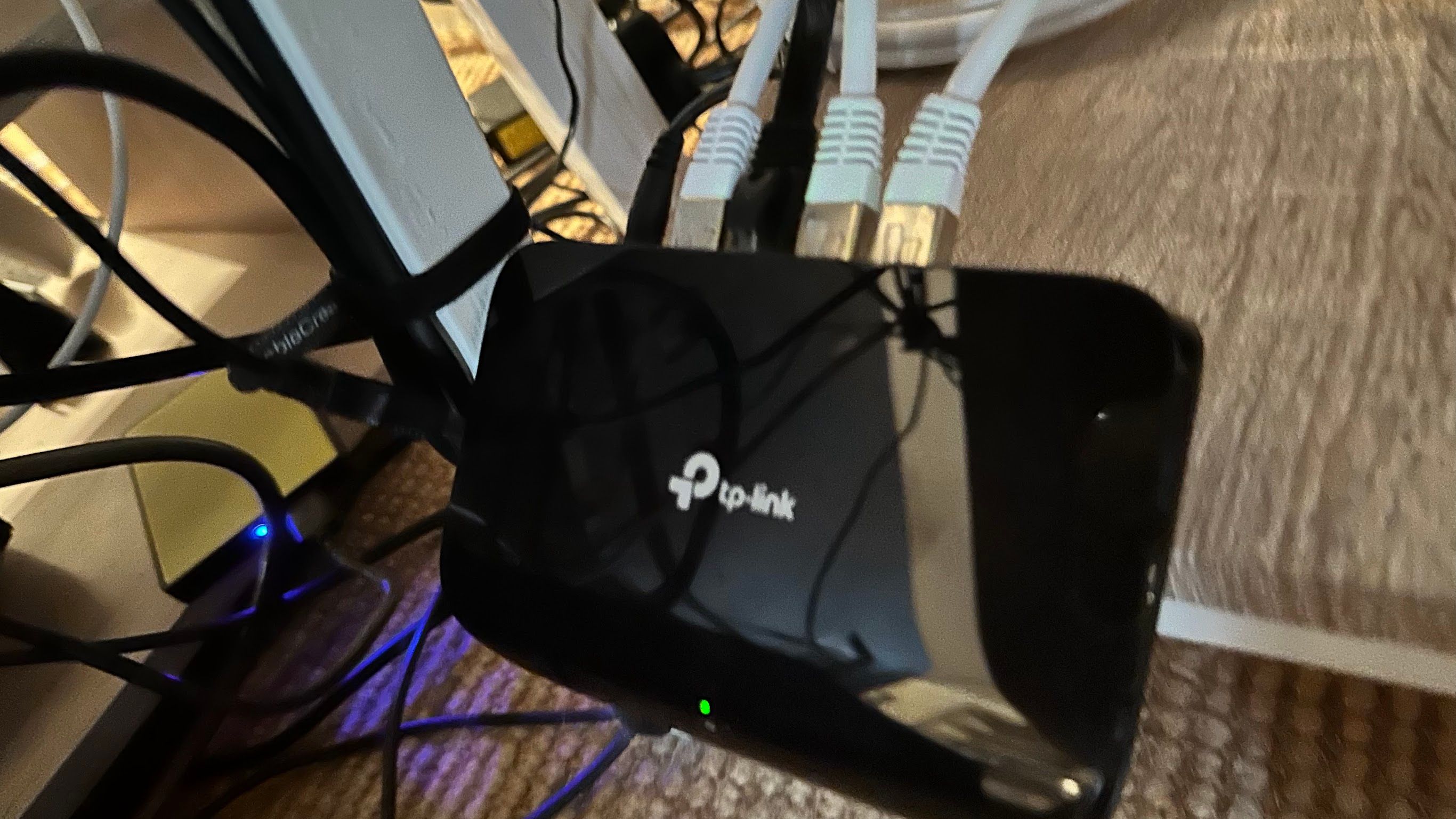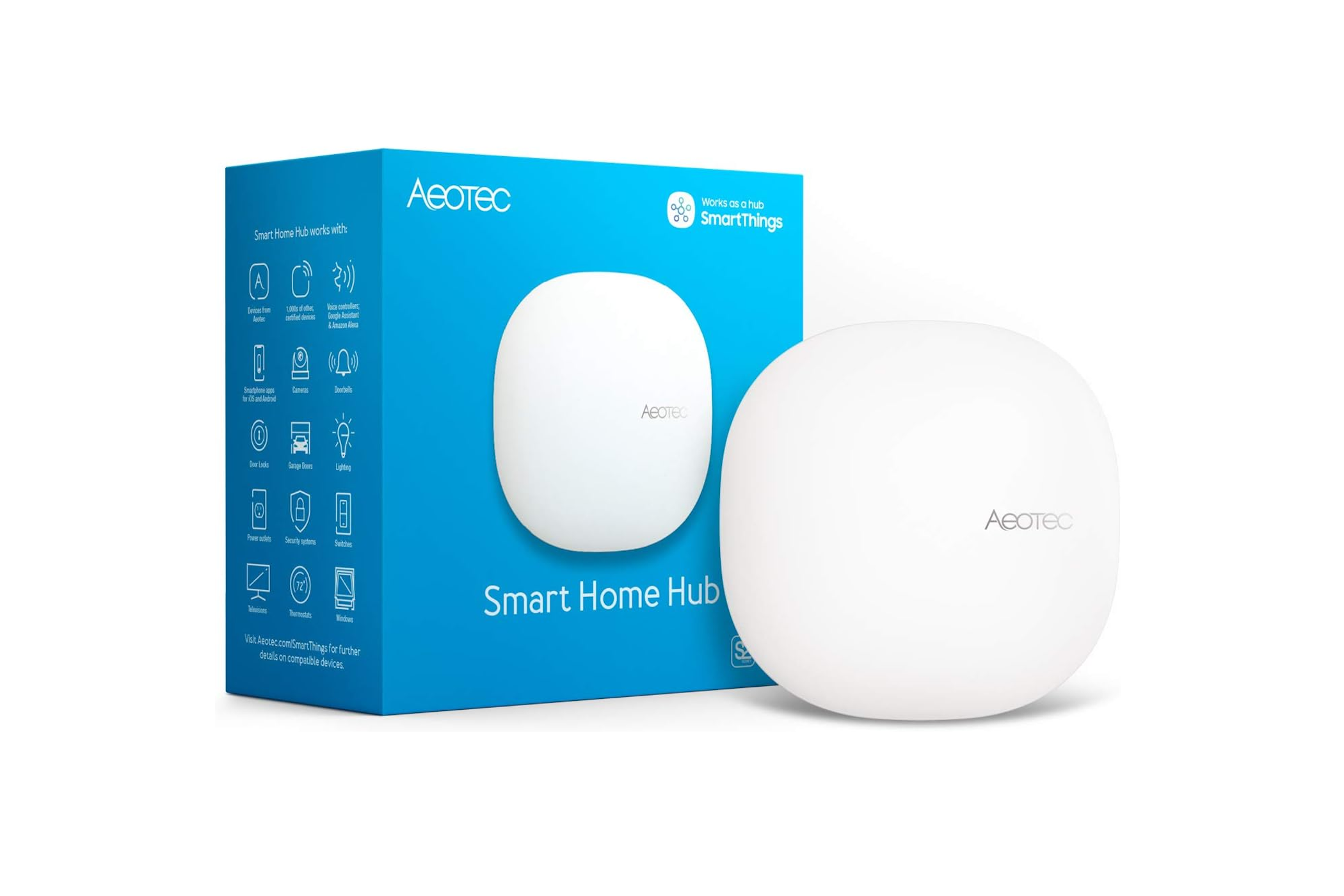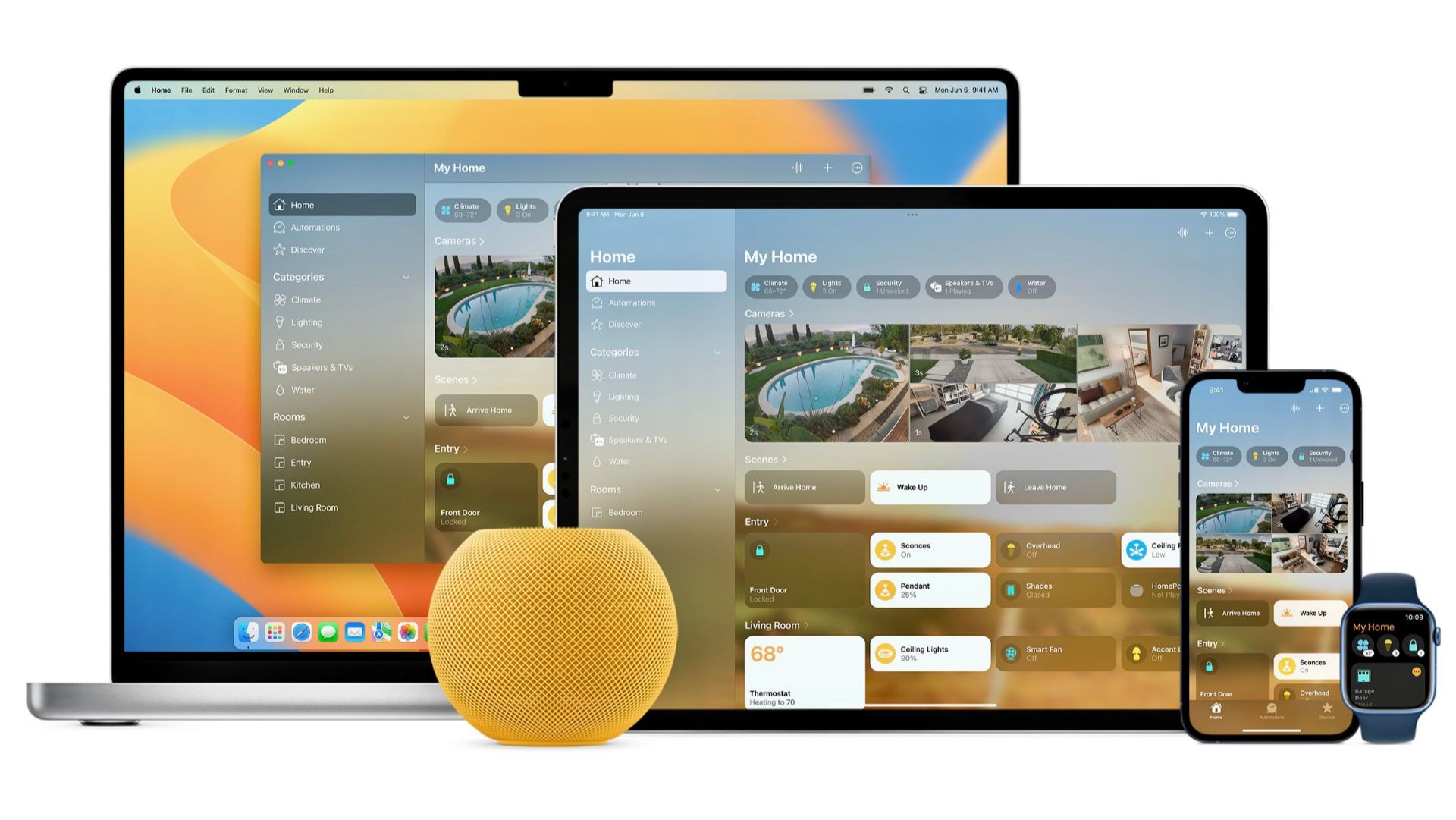Summary
- Smart home devices are often incompatible with each other, but using versatile smart home hubs can help.
- Ecosystems such as Alexa, Google Home, or Apple Home can control different devices, but Home Assistant offers wider compatibility.
- Matter devices can potentially lead to fewer compatibility issues in your smart home.
Smart home technology can often feel far from smart. You want to turn on the lights in your living room, but your light bulbs are from one brand, and your smart lamp is from another, so you have to open two different apps to turn on all the lights.
While this can be incredibly frustrating, the good news is that there are some steps you can take to help your smart home devices work together more seamlessly.
The Problem With Smart Home Tech
In an ideal world, any smart home device that you buy would work seamlessly with all the other devices in your home without requiring any additional hardware. It wouldn’t matter what brand or product you were buying. However, this is far from reality.
Many smart home devices require their own proprietary hubs. If you have smart home devices from different brands, you may end up requiring several different hubs, meaning you quickly run out of Ethernet ports on your router. You’re then forced to invest in a network switch so that you can plug in all the different hubs.
Even worse is that most smart devices have their own proprietary apps that you can use to control them. You might need to open one app to turn on your lights, another to open your blinds, and another to lock your front door.
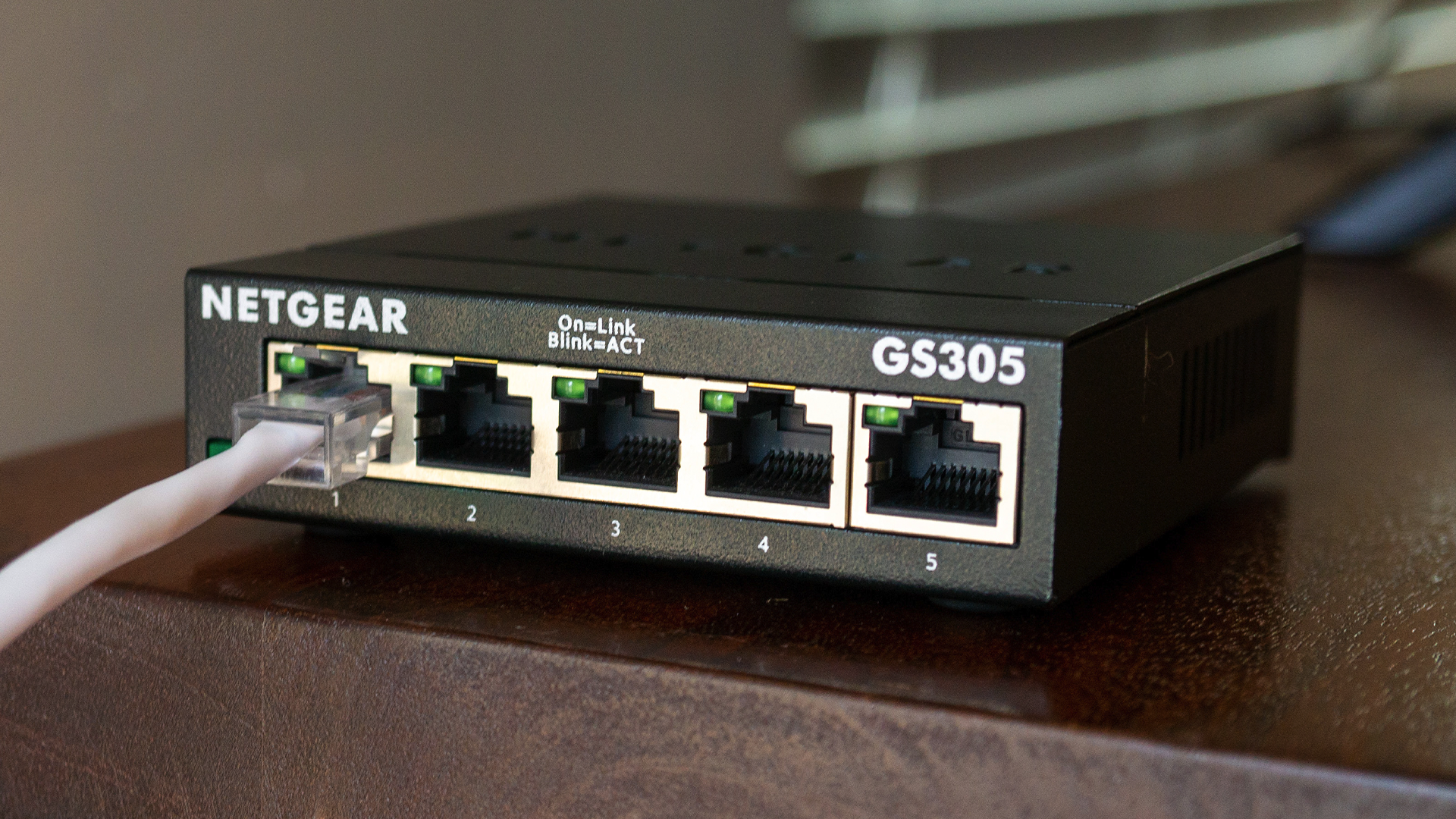
Related
What Is a Network Switch, and When Do You Need One?
A network switch is an affordable and simply upgrade to your home internet, especially if you’re sick of Wi-Fi.
Use a Versatile Smart Home Hub
Smart ecosystems such as Alexa, Google Home, and Apple Home allow you to connect devices from multiple different brands and control them from a single app or with voice commands. This works by using a device as a smart home hub that sends out commands to all your various smart home devices. For example, if you have an Amazon Echo, you can add your smart home devices to the Alexa app and control devices from a wide range of different brands.
However, not every smart home device will work with every smart home ecosystem, meaning that your video doorbell might work with Alexa but not Apple Home, or vice versa. Some smart home devices may also communicate using methods that are not supported by your smart home hub. For example, your smart lights might communicate over Zigbee, which may not be supported by your smart home hub.
Many smart speakers, such as an Amazon Echo, Nest Hub, or Apple HomePod, can act as a smart home hub. You can also purchase dedicated smart home hubs, such as the Aeotec Smart Home Hub, which are designed to be compatible with a wide range of smart home devices.
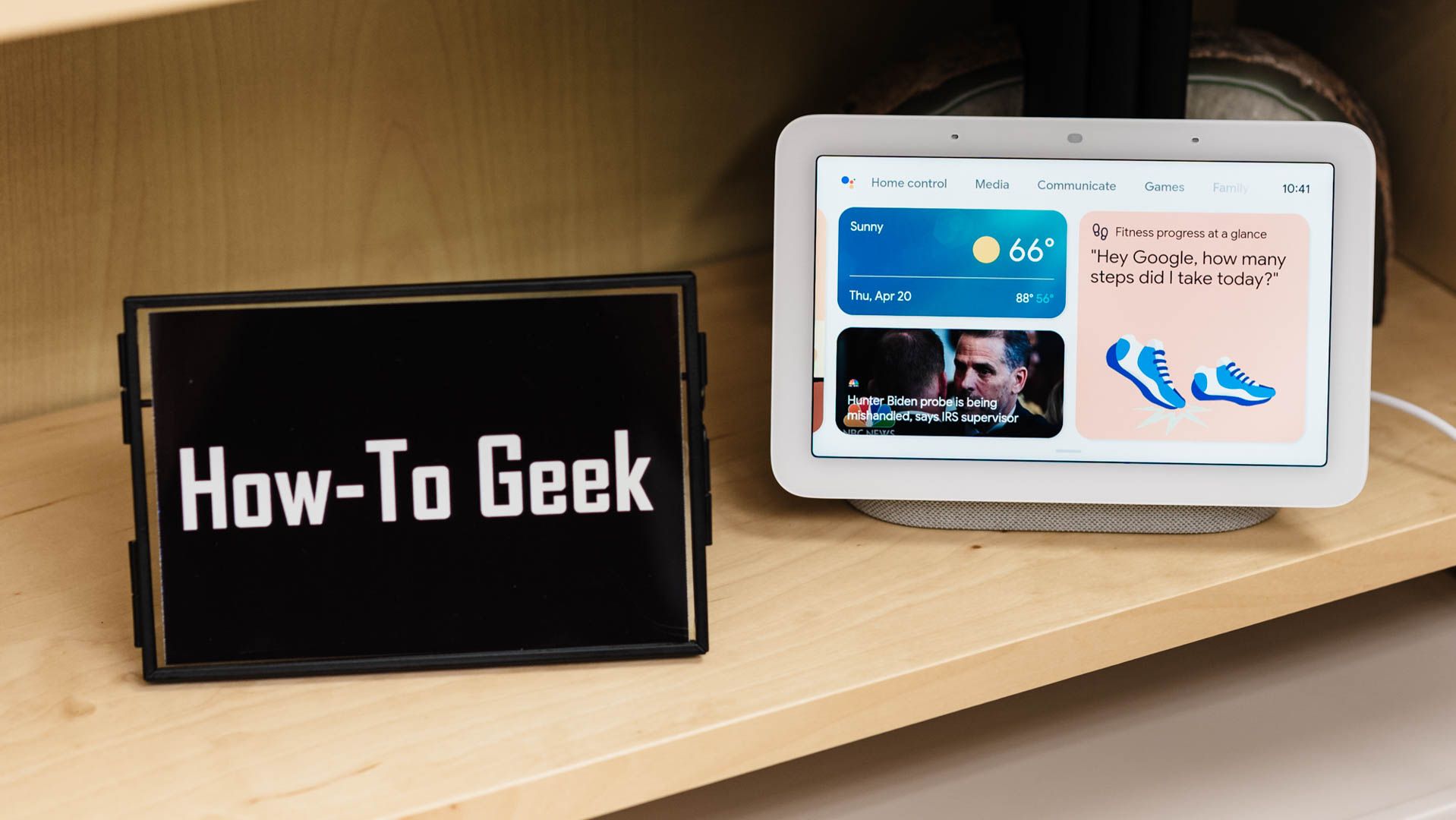
Related
The Best Smart Home Hubs of 2024
For seamless integration and control of your connected devices, choose the best smart home hub for your household.
Choose Your Ecosystem Wisely
If you want your smart home devices to play nicely together, you should think carefully about which smart home ecosystem you go for. Not every device works with every system, so you need to consider which products you want to use and which ecosystems they’re compatible with.
If you already own a lot of smart home devices, it makes sense to opt for a smart home system that is compatible with the majority of your devices. Alexa and Google Home support more devices than Apple Home, for example, so they are more likely to fit with your existing smart home tech.
If you’re an Apple fan and you don’t already own many smart home devices, then Apple Home is your best choice. It works seamlessly with Apple devices and has several benefits that you don’t get with Alexa or Google Home. If you use an Android smartphone or tablet, however, then you’ll have to choose a different option, as the Apple Home app isn’t available on these devices.
Once you’ve chosen your ecosystem, you need to make sure that any smart home devices you buy in the future are compatible with that system. For example, if you opt for Apple Home, look for devices with “Works with Apple Home” labels or that explicitly state that they are compatible with Apple Home in the product description.
Consider a System That Works With Nearly Every Device
While many commercial smart home hubs work with a wide variety of products, there are usually key products that aren’t compatible. For example, the Aeotec Smart Home Hub works with a wide selection of devices, but it doesn’t natively work with any HomeKit devices.
However, some solutions offer compatibility with an incredibly wide selection of devices across all the major ecosystems. Open-source software projects such as OpenHAB and Home Assistant include custom-made integrations that work with an astounding number of smart home products. It doesn’t matter if a smart home device is compatible with Google Home, Alexa, or Apple Home; as long as there is an integration available, you’ll be able to add it to the system.
If software such as Home Assistant is compatible with so many smart home devices, why isn’t everyone using it? Well, the trade-off is that you need a device to run Home Assistant on, and the software comes with a fairly steep learning curve. With systems such as Apple Home, you just scan a QR code and can then start controlling your devices, but Home Assistant is more complex to set up.

Related
How Home Assistant Changed My Apple Smart Home for the Better
It’s not only useful, it saved me money too.
The ease of use is improving all the time, however. You can buy a dedicated Home Assistant smart home hub called the Home Assistant Green, which comes with the software preinstalled. All you need to do is connect it to your home network via Ethernet, plug in the power supply, and start it up. After the initial setup, it should automatically detect smart home devices on your home network, which you can add to your system.
Currently, however, it’s still more complex than using a system such as Alexa or Apple Home. If you’re not tech-savvy, you might want to stick with an established player.
Don’t Rely on Wi-Fi
Another major problem with modern smart home devices is that a vast number of them communicate over Wi-Fi. This makes sense, as there is no need for additional hubs; your devices can communicate directly over your home network. However, it does have some major downsides.
Firstly, if your smart home devices are a long way from your router, they may struggle to maintain a strong enough connection to work reliably. In addition, the more smart home devices you add to your home network, the more congested the traffic becomes. Many Wi-Fi smart home devices also need a cloud connection to work properly, so if the internet goes down, so does your smart home.
There are alternatives, such as Zigbee, which offer some benefits. Zigbee devices can form a mesh network, meaning that each device can pass information back and forth to other Zigbee devices. If you have a smart home device at the far end of your home, for example, you can place other Zigbee devices between that device and your Zigbee hub, which will forward commands and ensure that they reach your end device. Zigbee devices also use less power than Wi-Fi devices, so many Zigbee smart home devices can run on batteries, giving you more scope for where you can place them.
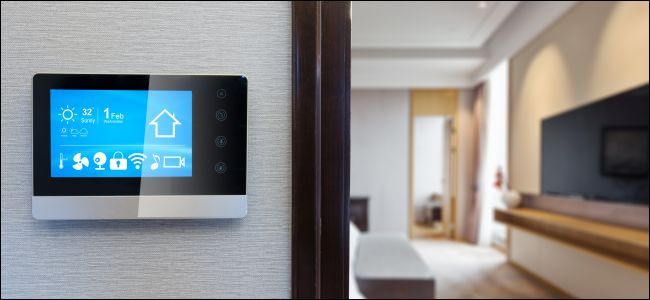
Related
Wi-Fi vs. ZigBee and Z-Wave: Which Is Better?
Should you power your smarthome with Wi-Fi? Or use Z-Wave and ZigBee devices? The answer is murkier than it used to be.
Try Matter and Thread Devices
The big players in smart home technology are aware that the current state of play is not ideal. That’s why several major companies, including Amazon, Apple, and Google, set up a joint initiative to create a smart home standard that would allow devices to communicate with each other regardless of brand or ecosystem. Originally called Connected Home over IP (CHIP), the standard is now known as Matter.
Since Matter devices are built using the same standard, they should work with any smart home hub that supports Matter. It means you can control a Matter device with Alexa, Google Assistant, or Siri, without worrying about which ecosystem it supports.
Matter devices can communicate over Wi-Fi or Ethernet, but they can also communicate over Thread. Thread is a wireless communication protocol that has been designed with smart home devices in mind. It’s a mesh networking technology, similar to Zigbee, meaning that devices in the Thread network can pass information back and forth to each other, helping devices to stay connected even at the edges of your network.
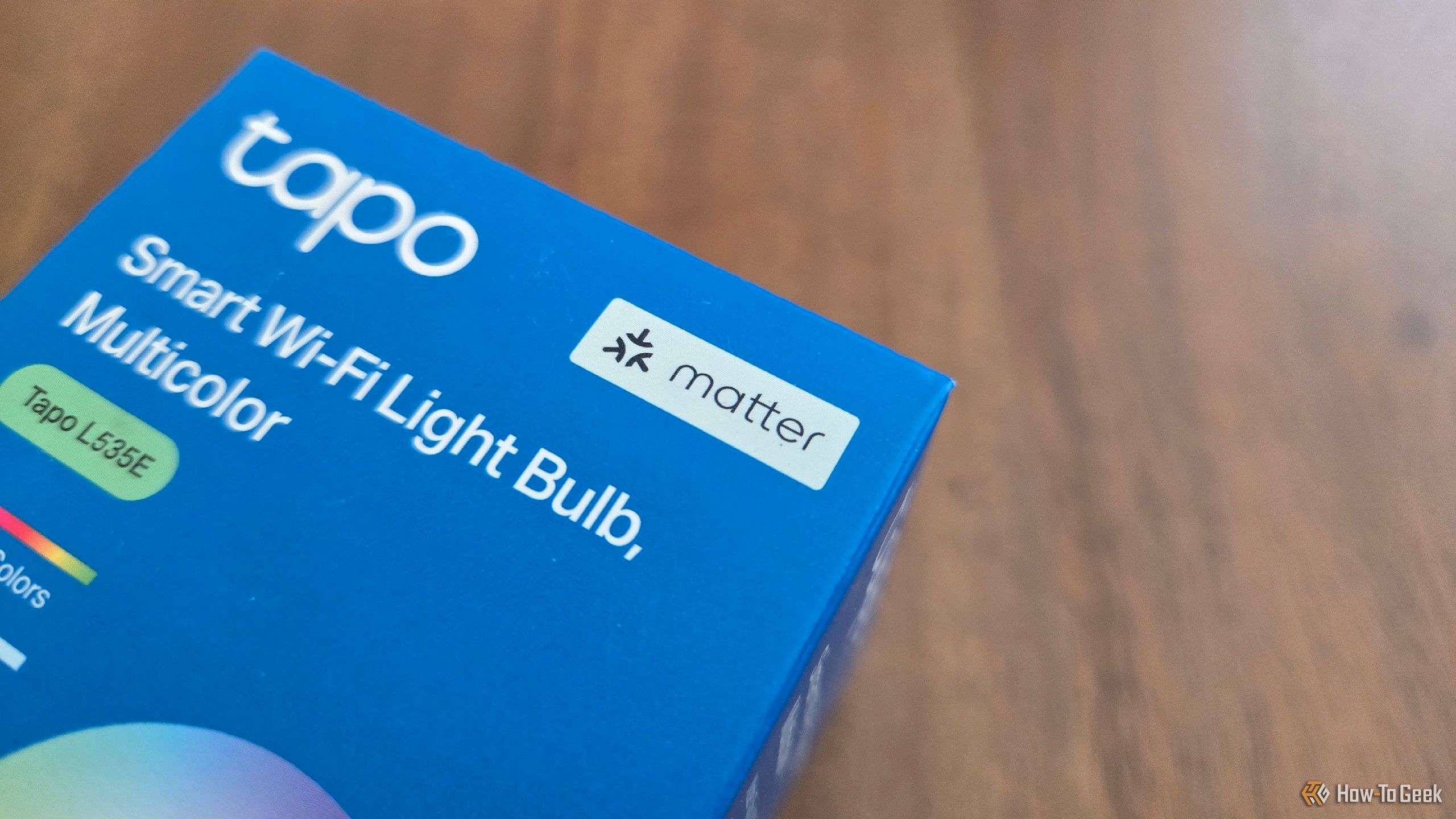
Related
Matter Is the Reason I’m Finally Comfortable With Smart Homes
Seeing “Matter” matters more than “Works With SmartThings.”
To use Matter devices over Thread, you’ll need something to act as a Thread border router, which is effectively the bridge between your home Wi-Fi network and the Thread network. Many smart home hubs, such as a HomePod mini or an Amazon Echo (4th generation), can be used as a Thread border router, allowing you to communicate with Matter devices over Thread.
While Matter and Thread aren’t yet perfect, you may find that using Matter devices in your smart home leads to fewer compatibility issues, and that utilizing a Thread network reduces the problems of connecting to all your smart home devices over Wi-Fi.
While standards such as Matter are a promising step towards a world where every smart home device works seamlessly with every other, we’re still a long way from that point. Software such as Home Assistant can help, but it still isn’t at the level where it’s simple enough for general use. Hopefully, however, a time will come when smart technology will finally live up to its name.


